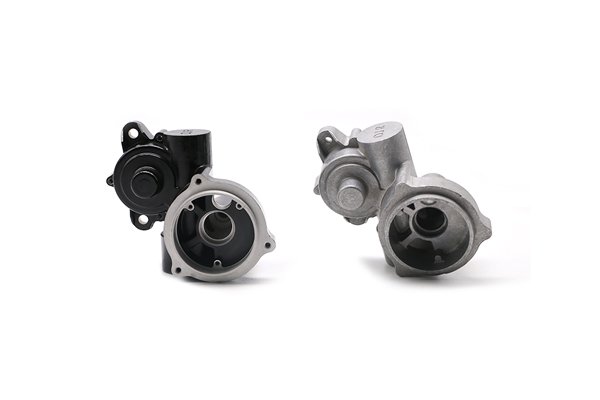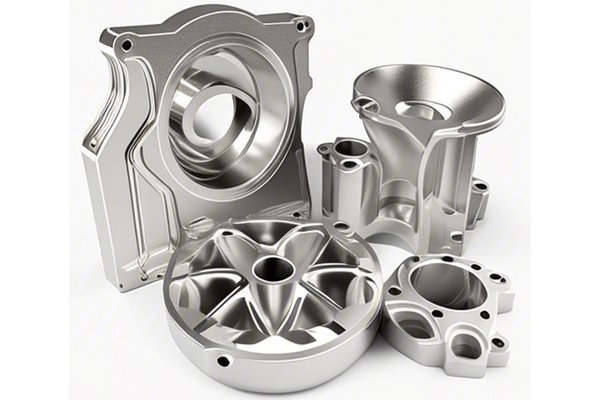CNC (Computer Numerical Control) machining has revolutionized the manufacturing industry, enabling precise fabrication of complex parts from a wide variety of materials. Among these materials, high-strength alloys such as titanium, inconel, and high-strength steel present unique challenges due to their mechanical properties. As companies like YL Machining increasingly engage in projects that utilize these materials, it’s critical to understand the hurdles involved and how to mitigate them effectively. This article delves into common challenges met during the CNC machining of high-strength materials and explores intelligent solutions to overcome these issues. Through this discussion, job shops and manufacturers can gain insights to enhance their operational efficiency and product quality.
High-strength materials are engineered for superior mechanical properties, making them ideal for applications that require exceptional durability and resistance to deformation. Key characteristics of high-strength materials include:
These characteristics contribute to challenges such as increased tool wear, heat generation, and difficulties in chip removal.
One of the most pressing issues when machining high-strength materials is tool wear. The hardness and toughness of these materials lead to rapid degradation of cutting tools, which can result in diminished machining accuracy and increased costs.
Solutions:
According to a study published on Machining Dynamics by the University of Kentucky, using coated carbide tools can reduce wear rates by nearly 30% in high-strength materials.
High-strength materials tend to be poor thermal conductors, making them susceptible to heat buildup during machining operations. Excess heat can lead to thermal deformation of the workpiece and premature tool failure.
Solutions:
Research from the University of Massachusetts indicates that optimized cooling techniques can enhance tool life by 40% when machining high-strength alloys.
Effective chip removal is crucial in CNC machining, particularly for high-strength materials that generate large, tough chips. Poor chip management can lead to interference with the cutting process, resulting in surface defects and inconsistent tolerances.
Solutions:

A 2021 manufacturing study emphasized that optimizing chip management practices contributed to a 20% improvement in part quality in high-strength machining applications.
CNC machining of high-strength materials often requires intricate tool paths, which can lead to increased machining times and costs if not managed carefully.
Solutions:
Research published by Siemens Digital Industries indicates a potential 30% reduction in machining time with the application of advanced simulations and optimized tool paths.
Maintaining dimensional accuracy is critical, especially in high-stakes industries such as aerospace and medical device manufacturing. The interaction of high-strength materials with machining tools can create challenges in achieving required tolerances.
Solutions:
Data from the American Society of Mechanical Engineers shows that adopting precision machining techniques can increase first-part accuracy by over 75% in high-tolerance applications.
Each high-strength material presents its own specific challenges; understanding these nuances can lead to more effective machining strategies.
Studies from the International Journal of Machining and Machinability of Materials suggest that tailored machining strategies can significantly enhance performance when working with these materials.
CNC machining of high-strength materials comes with a unique set of challenges, but these can be effectively managed with the right tools, techniques, and technologies. By investing in advanced tool materials, optimized machining processes, and effective thermal management strategies, manufacturers can enhance their machining operations, producing high-quality parts while minimizing costs.
YL Machining, with its commitment to innovation and excellence, equips its operations with cutting-edge solutions tailored for high-strength material applications. We encourage our clients to engage in continuous dialogue about industry challenges and seek solutions that push boundaries in quality and efficiency. With high-strength materials becoming integral in industries from aerospace to automotive, honing these machining strategies will not only foster business growth but also ensure the manufacturing sector keeps pace with evolving material technologies.
—
This article has been structured to not only inform but also to facilitate understanding of the complex subject matter that surrounds CNC machining of high-strength materials. For personalized solutions and expert advice tailored to your needs, consider reaching out directly to the professional team at YL Machining.






